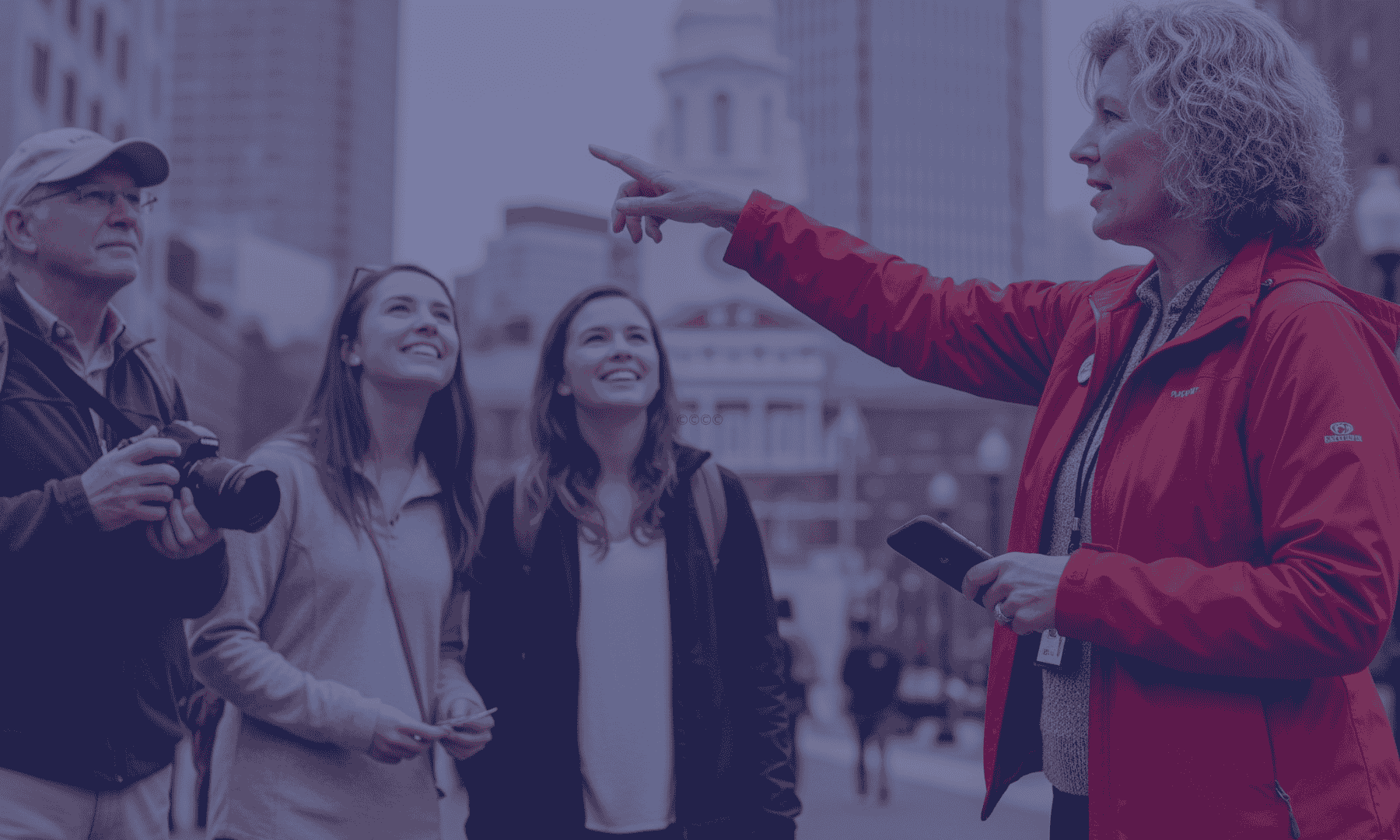Problem: The City of Gothenburg, Sweden, wanted to ensure that the city has a place for arts and culture. They had noticed that the needs of the cultural sector were often overlooked in the planning process, and wanted to make sure this won’t happen again in the future.
Solution: With the help of a Maptionnaire survey, the Cultural Administration of the City of Gothenburg was able to organize a stakeholder consultation process and learn where the city’s creative sector works. Visualizing the responses on a map helped demonstrate in a concrete way where culture and arts need to be prioritized the most when the new general plan is created.
Problem: Culture Needs a Place in the City
One of the biggest dilemmas in urban planning is how to balance strategies promoting economic growth with the needs of sectors such as culture. Art and culture need space where they can be created, performed and shared. However, redevelopment and rising property values often end up driving out artists, who cannot afford the market rents. The plight of the cultural sector has become even more acute with the COVID-19 epidemic, now in its third year.
It is against this background that the Cultural Administration of Gothenburg, Sweden’s ‘Second City’, began looking for ways of launching stakeholder consultation. The idea was to systematically collect the viewpoints of artists and creators and communicate those to the city’s Planning Department. The task of the Cultural Administration is to strategically ensure that culture continues to have a place in the city. They had noticed that the needs of the cultural sector were often overlooked in the planning process, and wanted to avoid this happening again when the new general plan was to be drafted in 2021.
Solution: Stakeholder Consultation with a Maptionnaire Digital Survey
“We wanted to visualize where artists work in Gothenburg,” says architect Vanja Larberg, who works as a development manager in the Cultural Administration. To reach this goal, the Cultural Administration decided to try public participation GIS (PPGIS) for the first time, and created a map-based survey with Maptionnaire.
Want to know more on how PPGIS can bridge the gap between community members and urban planners? Here we explain what public participation GIS is in a nutshell.

Larberg states that the reason they chose a map-based survey was that they wanted to find an easy and simple method of engaging their stakeholders. Respondents were asked to pin the locations of their working spaces on a map, and tell what made them choose that place. Respondents were also invited to share their concerns on factors that could cause them to lose their current spaces. The survey was open in two rounds in 2020, and was distributed through social media and mailing lists, as well as through local cultural organizations, institutions, and networks.
The survey collected around 800 location pins from local artists. With the use of Maptionnaire’s different analysis and visualization options, the Cultural Administration turned the response data into informative maps. The City could now visualize stakeholder geography, as well as compare and contrast the location uses and needs of different types of art and culture, e.g. literature, which can use existing places with ease (such as coffee shops), or film, which requires a network of studios and locations with fairly exact technical specifications.
Results: Integrating Stakeholder Consultation Outcomes Into Urban Planning Efforts
Most interestingly for the drafting of the new general plan, the data demonstrated that instead of simple clusters, the cultural sector is concentrated in chains or constellations of adjacent clusters.

The responses also revealed that larger cultural institutions often work as anchors that create concentrations of ateliers and workshops around them, and that the most historically and culturally important areas tend to attract the most creatives.
For Larberg, the most important outcome of using Maptionnaire was that it helped the Cultural Administration a great deal in communicating their knowledge to the Planning Department, as they now had clear and concrete map data to show.







.jpeg)
.webp)

.webp)


.webp)
.png)














































